Participate in our educational quiz and learn more
Sudden Cardiac Arrest is a leading cause of death worldwide.
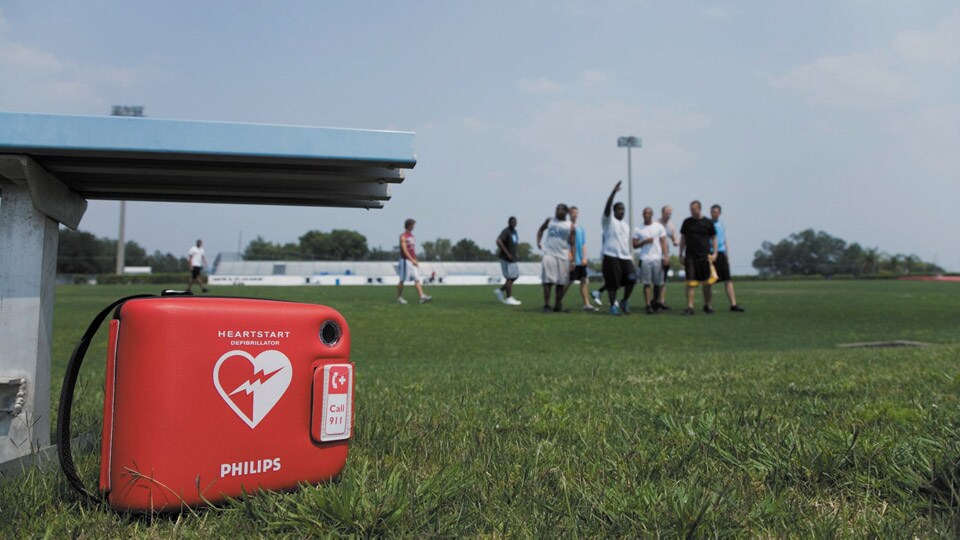
True
False
It is better to wait for the professionals to help a victim of sudden cardiac arrest.
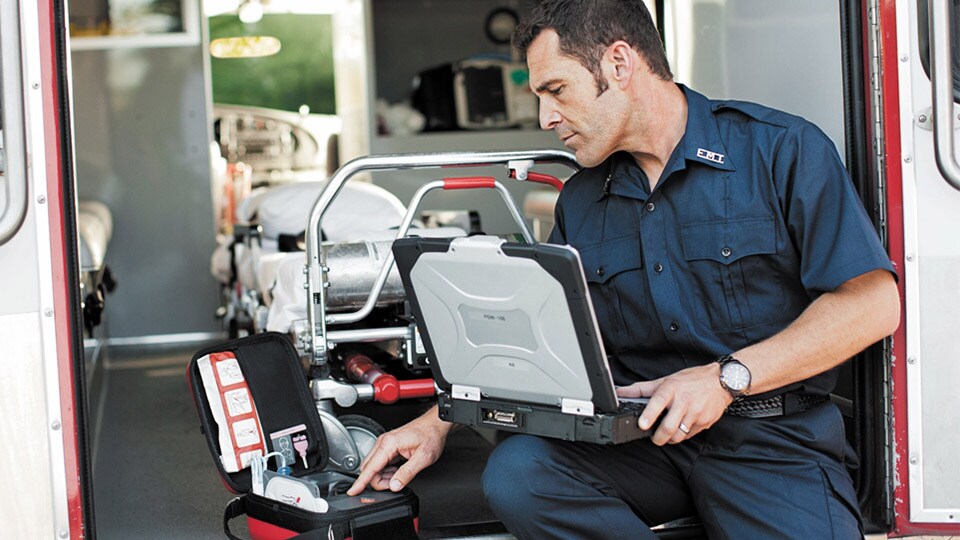
True
False
CPR alone is enough to treat a victim of Sudden Cardiac Arrest.
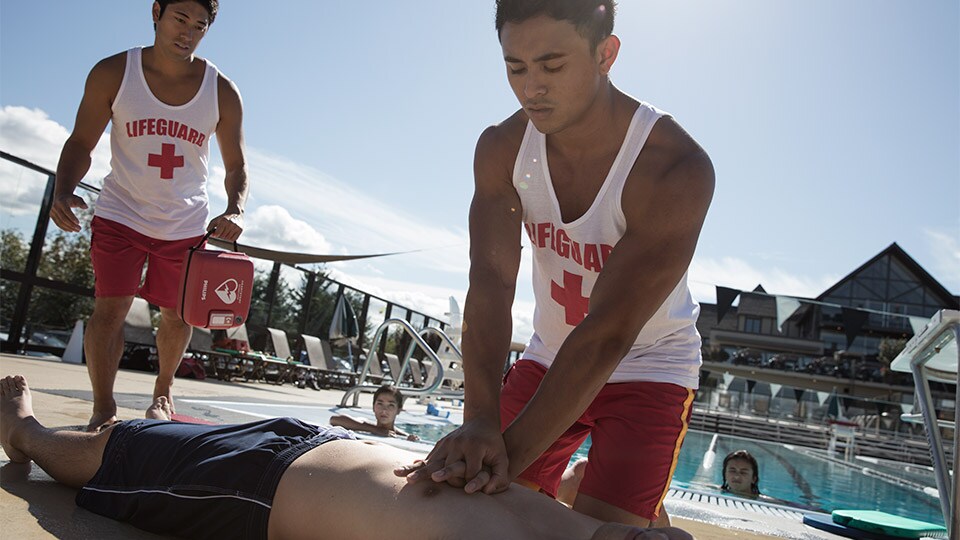
True
False
A bystander could accidentally hurt someone by using an AED.
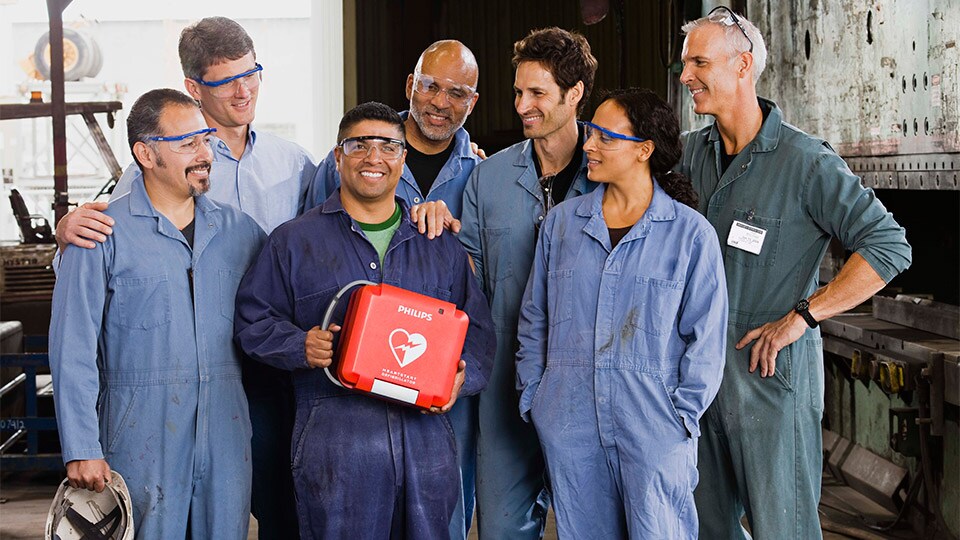
True
False
AEDs are hard to use.

True
False
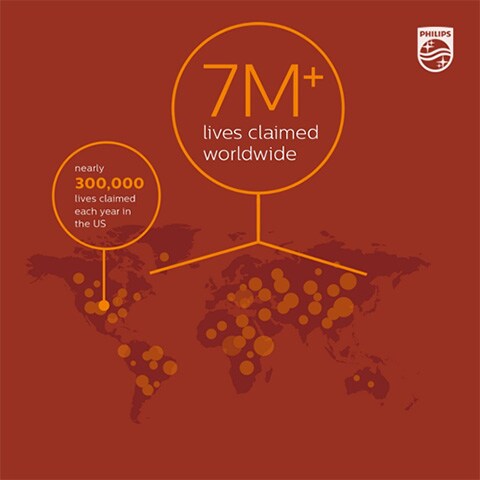
The answer is: True
Sudden cardiac arrest is the leading cause of death among adults over 40 in the U.S. Sudden cardiac arrest can happen to anyone, at anytime, anywhere. Sources: Heart Disease and Stroke Statistics—2015 Update, Dariush Mozaffarian; et. al, American Heart Association, September 16, 2016.
7M+ lives are claimed by sudden cardiac arrest worldwide each year. ~300,000 in the U.S.
Global public health problem of sudden cardiac death, Rahul Mehra, National Center for Biotechnology Information, September 16, 2016.
The answer is: False
After 10 minutes, very few sudden cardiac arrest victims survive On average, EMS teams in the U.S. take 6 - 12 minutes to arrive on the scene of a SCA. Sources: CPR Facts and Stats, American Heart Association, September 16, 2016 8. Cardiac Arrest vs Heart Attack, American Heart Association, September 16, 2016
For every minute that passes without CPR and defibrillation, a victim’s chance of survival decreases by 7%-10%.
The answer is: False
Source: Response to Cardiac Arrest and Selected Life-Threatening Medical Emergencies, Mary Fran Hazinski; et al, American Heart Association, September 16, 2016.
CPR may extend a victim’s life temporarily, but it alone cannot save the majority of sudden cardiac arrest victims.
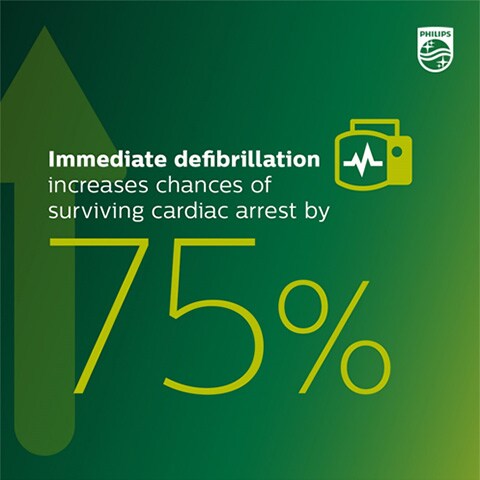
The answer is: False
Without a shock from a defibrillator to restore a normal heart rhythm, a sudden cardiac arrest victim has a low survival rate. Source: AHA Releases 2015 Heart and Stroke Statistics, Sudden Cardiac Arrest Foundation, September 16, 2016.
You can only help – The AED will not shock someone unless it detects a shockable rhythm.
The answer is: False
AEDs are very simple to use and guide non-professional responders through placing pads and delivering a shock.
You are about to visit a Philips global content page
Continue